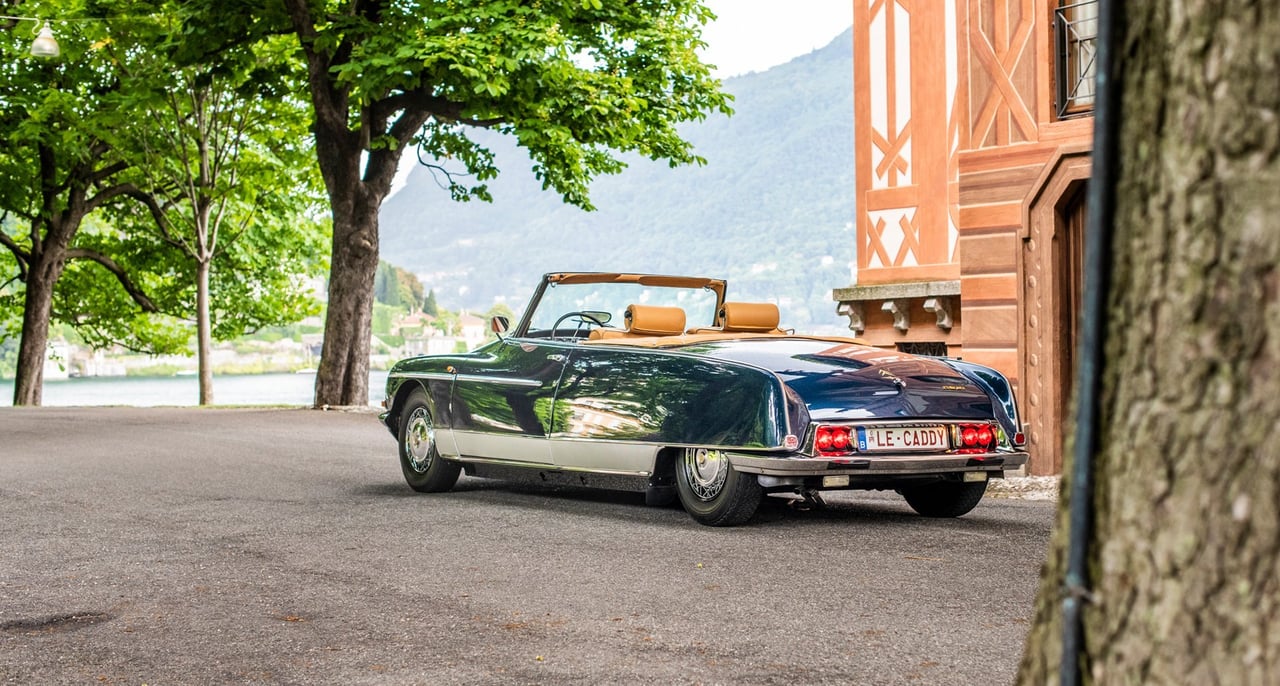
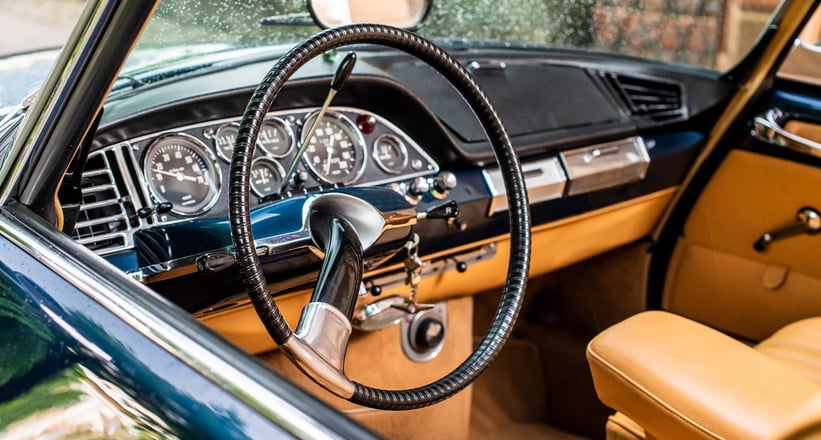
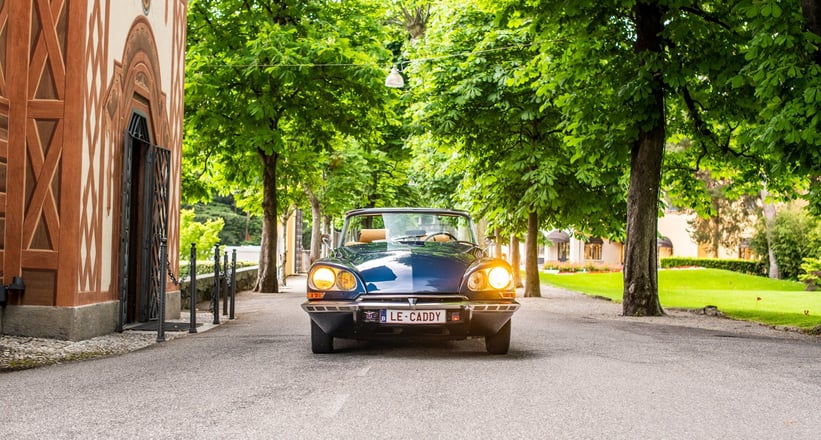
It’s been 70 years since Citroën created a sensation at the Paris Motor Show, bringing to their stands a car that would revolutionise what it meant to travel in unrepeated style, comfort and class. The Citroën DS showed the world a new way of seeing an automobile in 1955, and we’re not sure there has been a more interesting car ever since. Built under the initiative of Pierre Boulanger in order to eventually replace the now iconic Traction Avant, these plans would only be put into practice a whole 17 years later with the DS, when some of France’s greatest talents of design and engineering came together to create a truly ground-breaking machine. André Lefèbvre, an aeronautical engineer, wanted the DS to push the limits of aerodynamic efficiency, lightness and weight cantering, while Paul Magès invented the famous hydropneumatic suspension, but also hydraulic assistance for the steering, clutch release and braking of the DS. Finally, the Italian Flaminio Bertoni — a talented stylist, sculptor and painter — with his team of designers gave the DS its lines that were as revolutionary as they were elegant. While many variants of the DS exist, it is the coachbuilt "Le Caddy" convertible that will grace the grounds of Villa d’Este this weekend, bringing some true French flair to the beautiful backdrops of Lake Como.
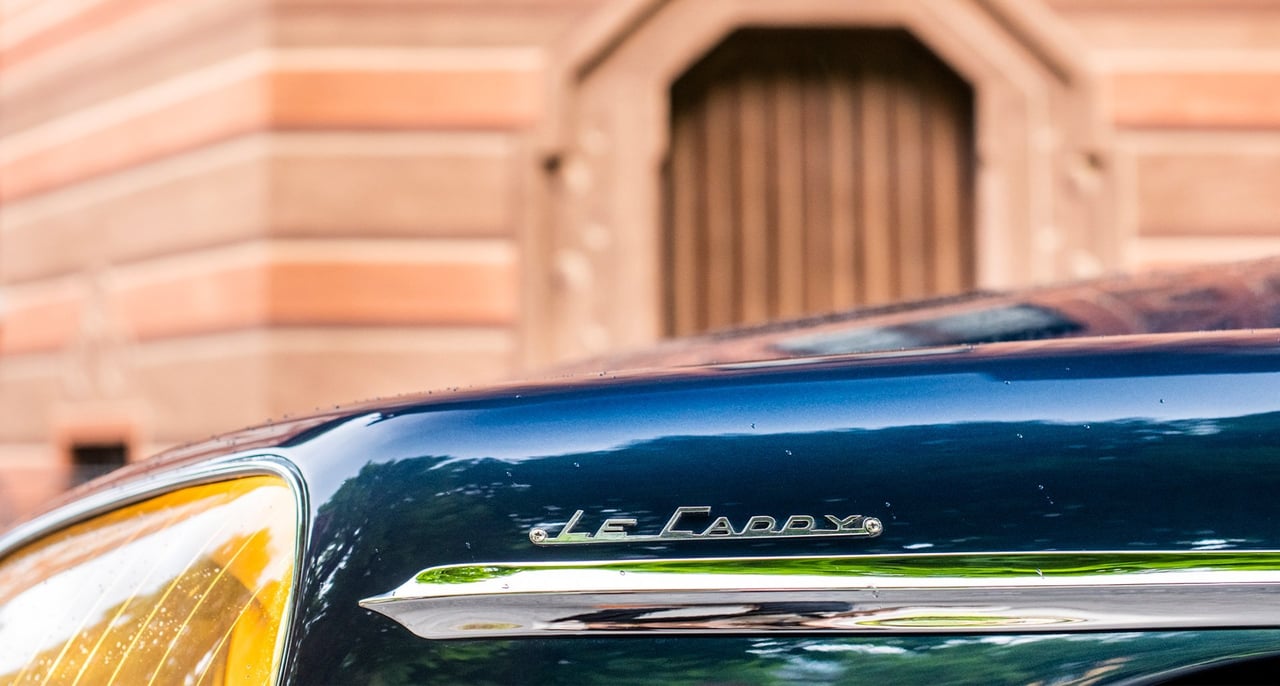
Like many others, the influential coachbuilder Henri Chapron was captivated by the all-new Citroën DS’s arrival into the motoring world. And he felt that this déesse was deserving of the same treatment as some of the world’s most elegant cars from his atelier in Paris, which was responsible for creating coach-built automobiles for marques including Talbot, Delage, and Delahaye. He presented his first cabriolet variant of the DS at the 1958 Paris Motor Show, just three years after the car’s launch, with the coach-built Citroën DS ‘La Croisette’. It was an immediate success, and left executives at Citroën scratching their heads at why they hadn’t thought of it themselves. They promptly struck up a deal with Chapron to supply the rolling chassis, allowing his team to manufacture the DS cabriolet d’Usine, also known as Le Décapotable. Incredibly, between 1960 and 1971, over 1,300 examples were created.
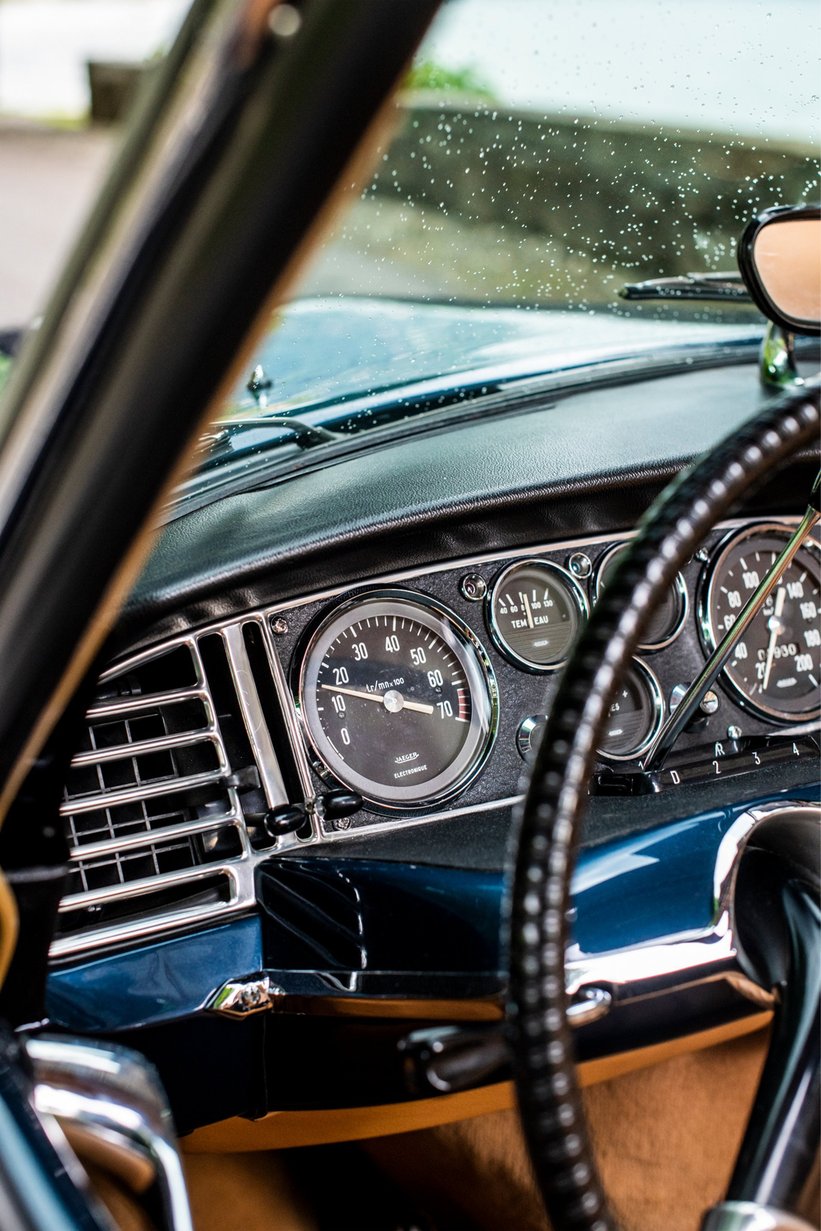
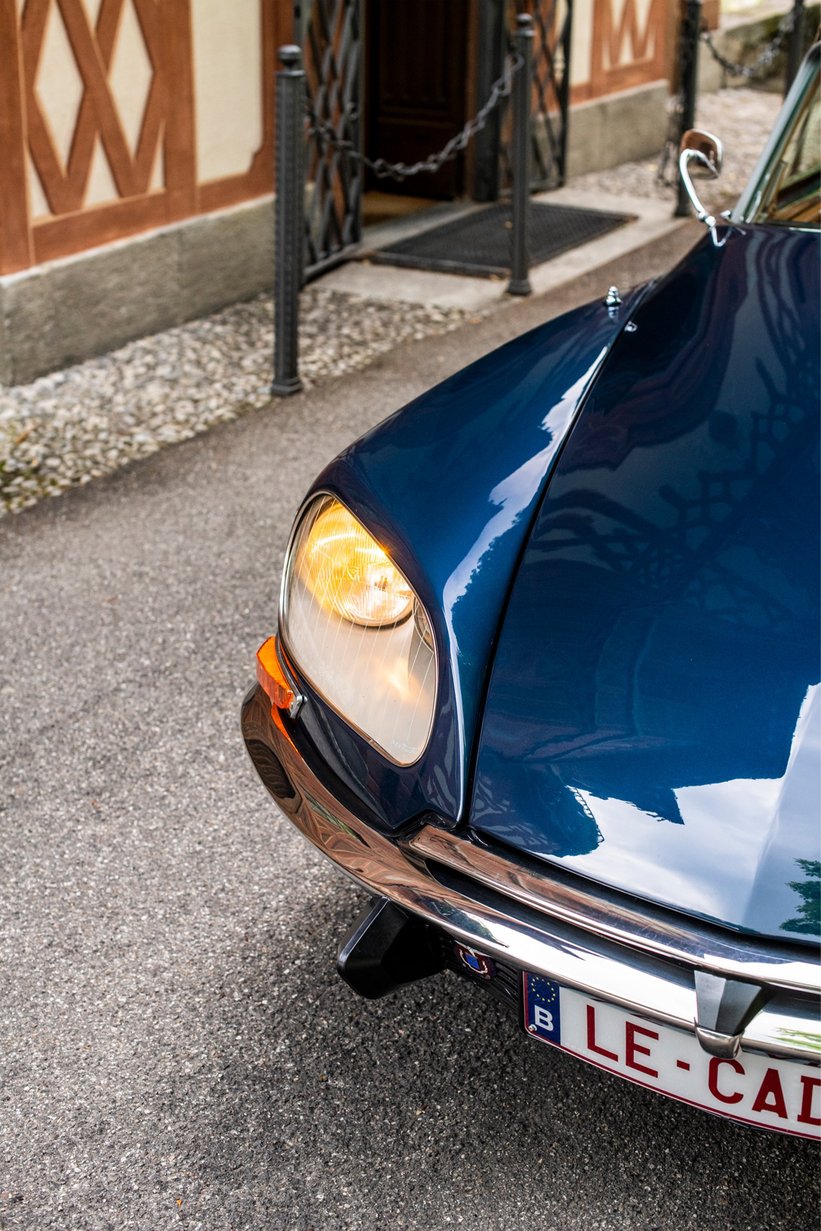
While Henri Chapron and Citroën enjoyed their successes with the drop-top DS, Chapron’s couture-obsessed nature meant he was always looking for ways to improve and advance his coachbuilding to another level. The DS became more than just one of his unique designs, it was his obsession. So much so, that when the time came for his atelier to commence redesigning Le Croisette, Chapron was forced to purchase complete cars before converting them into his bespoke creations. The costs were outweighed, however, by Chapron’s fierce attention to detail and design flair, creating a hand-crafted, custom-bodied convertible that oozed decadence and artisan craftsmanship. Boasting an almost entirely flat body with only its angular windscreen protruding, Le Caddy’s aerodynamics were beyond André Lefèbvre’s wildest dreams, cutting through the air like an arrow. Despite its near perfectly flat rear decklid, Chapron’s design incorporated a retractable soft top, enclosing the car’s lavish interior and signature single-spoke steering wheel. When new, Le Caddy would cost prospective owners almost twice as much as the most luxurious factory Citroën DS variant, the ‘Pallas’, and as a result remained very exclusive, with a mere 34 units built between 1959 and 1968.
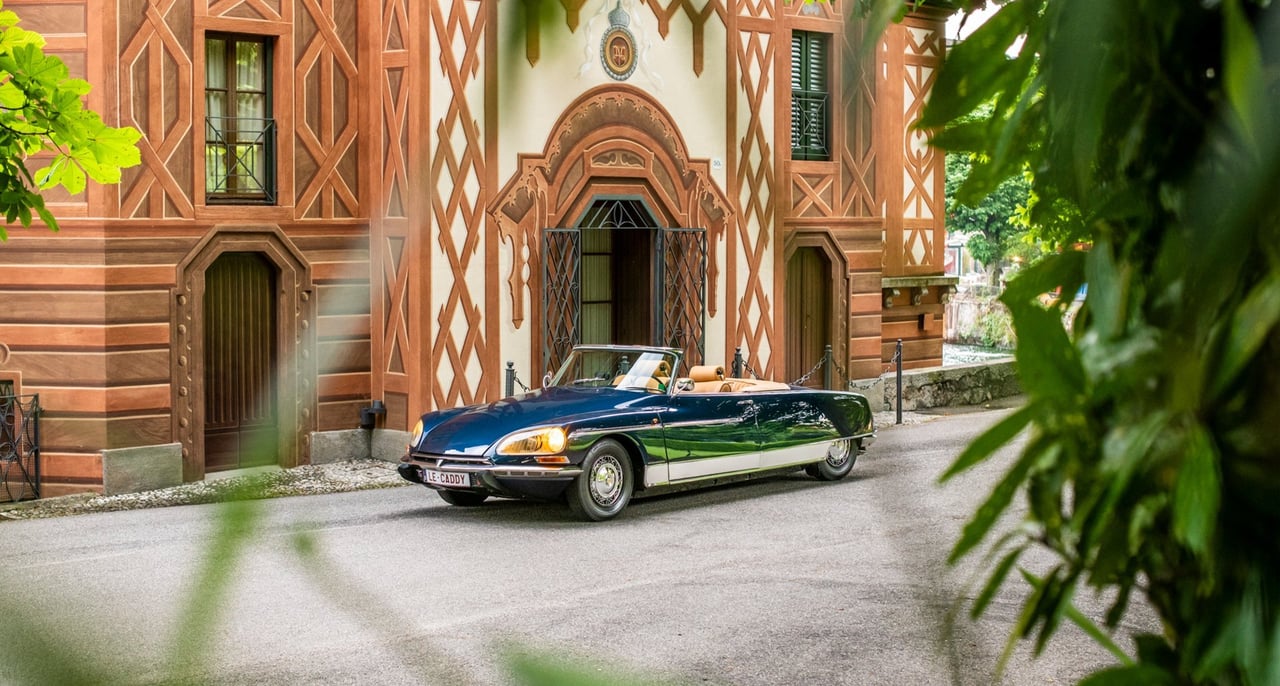
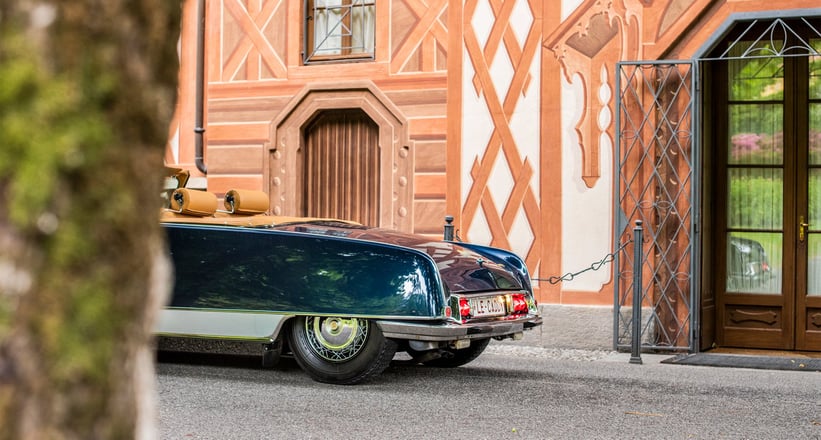
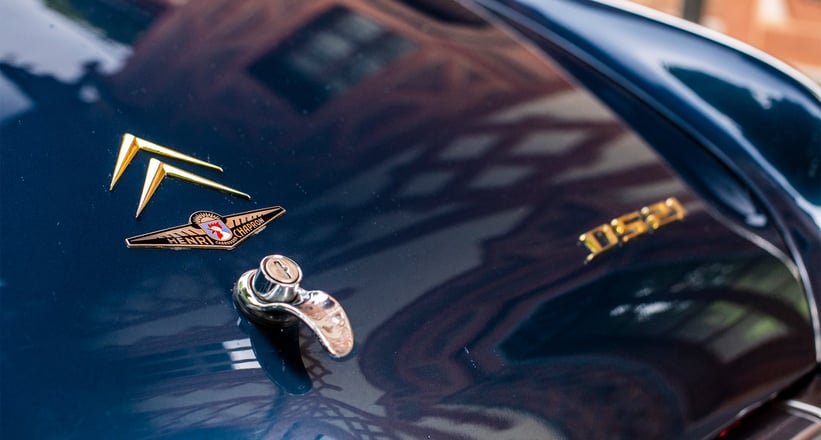
Today, these drop-tops, extensively modified by one of France’s greatest coachbuilders — often referred to as the ‘Car Couturier’ of France — more closely resemble a work of art than something with the ability to drive and comfortably seat four occupants. Henry Chapron’s meticulous eye for details and his relentless urge to better even his most successful designs only adds to Le Caddy’s aura, which was the ultimate homage to the glorious early years of bespoke coachbuilding.


If you’re heading to the Concorso d’Eleganza Villa d’Este this weekend, be sure to keep an eye out for this dreamy drop-top, which will take its place within the concours ready for a team of judges to analyse its historical influence, design prowess and cultural significance. We wish the owner bonne chance!
Photos by Remi Dargegen for Classic Driver 2025
























